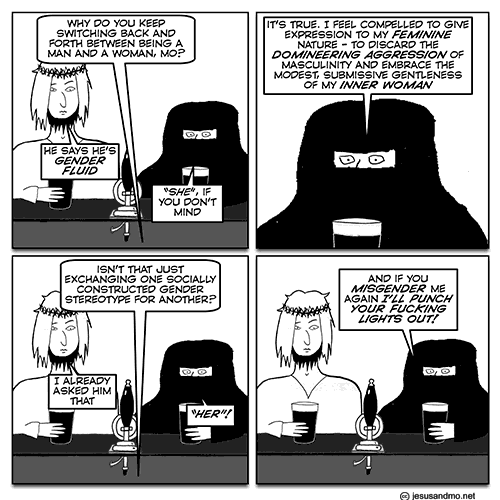Trump in Missouri yesterday – each day crazier than the last.
The lede is that he lied to Justin Trudeau.
President Trump boasted in a fundraising speech Wednesday that he made up information in a meeting with the leader of a top U.S. ally, saying he insisted to Canadian Prime Minister Justin Trudeau that the United States runs a trade deficit with its neighbor to the north without knowing whether that was true.
“Trudeau came to see me. He’s a good guy, Justin. He said, ‘No, no, we have no trade deficit with you, we have none. Donald, please,’ ” Trump said, mimicking Trudeau, according to audio of the private event in Missouri obtained by The Washington Post. “Nice guy, good-looking guy, comes in — ‘Donald, we have no trade deficit.’ He’s very proud because everybody else, you know, we’re getting killed.
“… So, he’s proud. I said, ‘Wrong, Justin, you do.’ I didn’t even know. … I had no idea. I just said, ‘You’re wrong.’ You know why? Because we’re so stupid. … And I thought they were smart. I said, ‘You’re wrong, Justin.’ He said, ‘Nope, we have no trade deficit.’ I said, ‘Well, in that case, I feel differently,’ I said, ‘but I don’t believe it.’ I sent one of our guys out, his guy, my guy, they went out, I said, ‘Check, because I can’t believe it.’
You know, we’d do better if we just went to a random bar and found the drunkest guy there and made him president. It has to be a guy for fair comparison, and the drunkest guy at a random bar would be better at presidenting than Donald Trump is.
The Office of the United States Trade Representative says the United States has a trade surplus with Canada. It reports that in 2016, the United States exported $12.5 billion more in goods and services than it imported from Canada, leading to a trade surplus, not a deficit.
Trump rushed to Twitter this morning to say yes we do too so, and to explain his methodology.
We do have a Trade Deficit with Canada, as we do with almost all countries (some of them massive). P.M. Justin Trudeau of Canada, a very good guy, doesn’t like saying that Canada has a Surplus vs. the U.S.(negotiating), but they do…they almost all do…and that’s how I know!
— Donald J. Trump (@realDonaldTrump) March 15, 2018
Erm…what is how he knows? The fact that he says they all do, they almost all do? That’s how he “knows”?
We could go to a random morgue and find a better president than Trump. Prop him up, he’ll do the job better.
In his 30-minute speech to donors in Missouri, Trump made a blistering attack against major U.S. allies and global economies, accusing the European Union, China, Japan and South Korea of ripping off the United States for decades and pillaging the U.S. workforce.
Russia? Anything about Russia? Anything at all?
“Our allies care about themselves,” he said. “They don’t care about us.”
Says the guy who revived the pro-Nazi slogan “America First.” Says the guy who is the most unable to see past his own adored Self of any president in our history.
The president was in Missouri to raise money for Josh Hawley, who is taking on Sen. Claire McCaskill (D) in November’s midterm election. He called McCaskill “bad for Missouri and bad for the country.” But he barely spoke about Hawley. Instead, he talked about himself — bragging about his 2016 election win and lavishing praise on himself while ticking through a list of U.S. allies that he said are taking advantage of the United States.
He cares about himself. He doesn’t care about his allies.


